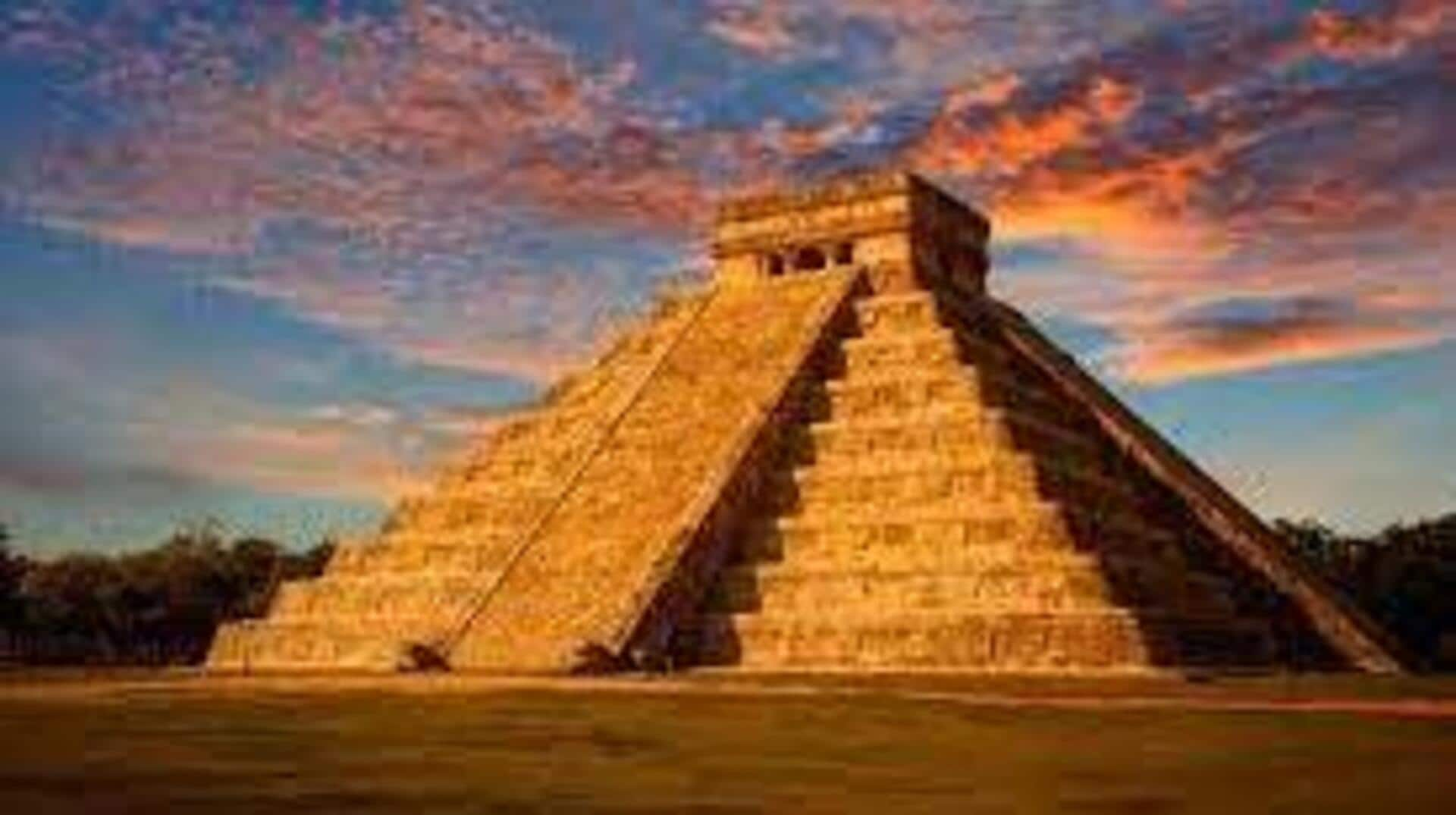
Uncovering the mysteries of ancient astrology temples
What's the story
Visiting ancient astrology temples is like stepping into a world where history, architecture, and astronomy collide. These sites, spread across the world, have served as hubs of astronomical observations and spiritual importance for millennia. This article takes you on a journey through some of the most extraordinary ancient astrology temples where the art of stargazing continues to enchant visitors.
Mexico's marvel
Unveiling the mysteries of Chichen Itza
Mexico's Chichen Itza isn't only a marvel of Mayan architecture - it's also an ancient observatory! The El Caracol (the Snail) earned its name from its spiral staircase, but it's what's on the outside that counts here. They used it to keep an eye on celestial events, like the movements of Venus - super important for their calendar and rituals.
India's giant sundials
The celestial wisdom of Jantar Mantar
The 19 architectural astronomical instruments at Jantar Mantar in Jaipur, India, were built in the early 18th century. However, the highlight is the world's largest stone sundial, which offers accurate measurements of time and celestial events with astonishing precision. This historic location serves as a testament to the ingenuity of ancient civilizations, who skillfully blended astronomy and architecture to create functional scientific tools for studying the heavens.
England's prehistoric circle
Gazing through Stonehenge's lintels
Stonehenge is among the most renowned prehistoric monuments globally. Situated in Wiltshire, England, this colossal astronomical calendar is a marvel of ancient engineering. Its stones align perfectly with the summer solstice sunrise and winter solstice sunset. Even today, Stonehenge remains a mystery, leaving us in awe of our ancestors who achieved such precision without the benefits of modern tech.
Egypt's solar alignment
The stellar observations at Abu Simbel
Egypt's Abu Simbel is famous not just for its gigantic statues, but also for a unique solar alignment phenomenon. Twice a year, on February 22 and October 22, the sun's rays penetrate the temple, illuminating the inner sanctuary's statues—except for Ptah, the god of darkness. This event draws thousands of spectators who witness the incredible precision of ancient solar engineering.
Inca's mountain observatory
Tracking time at Machu Picchu
The ancient city of Machu Picchu in Peru is one of the most iconic symbols of Incan civilization, perched high in the Andes Mountains. One of the most intriguing mysteries lies in the Intihuatana stone. Archaeologists believe it functioned as an astronomic clock or calendar. The sacred stone allowed Inca priests to predict solstices with remarkable accuracy, demonstrating their sophisticated knowledge of astronomy.